
Cultivating the Future: USBG’s Parametric Vision
The United States Botanic Garden, nestled in the heart of Washington, DC, is a living testament to the intersection of history, horticulture, and urban culture. This oldest continually operating public garden in the United States encompasses both a rich botanical legacy and a progressive commitment to sustainability. But with the onset of accelerating urbanisation and climate change, this ecological and cultural beacon will have to innovate to stay ahead.

These include parametric and computational design approaches that utilise data-driven algorithms to create structures and buildings that are adaptive and sustainable; a visionary path forward for United States Botanic Garden’s expansion plans. Biomorphism from greenhouses to energy-efficient shading systems, could redefine how the garden preserves biodiversity, engages public life, and adds value to urban sustainability. These tools also provide a platform for United States Botanic Garden to align its historic mission with a futuristic approach to design, cementing its place as a model for green architecture in the capital city and beyond.

Redefining Biodiversity with Biomorphic Greenhouses
Historically, greenhouses have remained the architectural skeleton for botanical gardens sheltering vast and diverse plant species across climates. For United States Botanic Garden, biomorphic tendencies may unlock brilliant ideas on design inspired by nature itself. Paramount tools like Grasshopper and Rhinoceros enable architects to model structures that mimic natural forms and create greenhouses that resonate with their surroundings while maximizing functional efficiency.

Take Singapore’s *Gardens by the Bay* as a precedent: its Cloud Forest conservatory integrates energy-efficient misting systems and shading canopies derived from algorithmic simulations. Similarly, United States Botanic Garden could create adaptive structures tailored to specific species, combining advanced materials like ETFE (ethylene tetrafluoroethylene) with parametric algorithms to manage light, humidity, and ventilation dynamically. In this way, the garden can foster perfect growth conditions while reducing its carbon footprint.
Learning from global landmarks: Parametric Inspirations
Ideas from projects such as the Eden Project in Cornwall, UK, or even the conceptual East River Conservatory in New York could feed into such ambitions for the USBG. Eden Project’s geodesic domes, for example, enclose a diverse mix of biomes in lightweight structures that minimize material use while allowing for extraordinary spans. These biomes are admired not only for what they have been designed to be but also for leading visitors into vibrant, climate-controlled ecosystems.

Similarly, the East River Conservatory design incorporates modulated shading systems, which use computer models to maximize daylighting while controlling heat gain. Implementing these ideas in the design at United States Botanic Garden will maybe lead to revolutionary solutions where beauty and functionality are not mutually exclusive. A dome inspired by the geometry of native plants or a shading system that picks patterns from indigenous flora could transport the visitor back in time to the origins of the garden but also forward into a potential future.
Green Energy Systems
Sustainability is at the core of parametric architecture, and therefore, it fits perfectly well into USBG’s focus. Solar systems like the rotating solar sails of Paris’s ‘La Seine Musicale’ demonstrate how computation can optimize the integration of renewable energy into architectural designs.

USBG can integrate photovoltaic cells in solar-tracking panels or shading systems that will provide non-polluting energy to power its operations. Such features, combined with rainwater harvesting and geothermal cooling, will create an entirely sustainable ecosystem that the garden is committed to, advancing the frontiers of eco-innovation.
Unifying the Old and New
Parametric design would allow the honouring of the historical legacy of USBG while pushing architectural boundaries. This could be a new, refreshing take where the classical symmetry of the historic conservatory of the garden is combined with futuristic forms in biomorphic silhouettes that could create a dialogue between the past and the present. Building Information Modelling, one digital tool could preserve the architectural integrity of the garden while seemingly integrating advanced features such as dynamic facades or smart irrigation systems.

Integrating the vernacular architecture of Washington, D.C., into the expansions of the design would further cement USBG into the local cultural landscape. Forms inspired by neoclassical design could be fabricated in modern materials and computational efficiencies, creating spaces that are both historically meaningful and innovative.
Case Study Comparisons: Learn from Gardens by the Bay
Singapore’s *Gardens by the Bay* is itself an exemplary model for USBG. This iconic project employs parametric technologies to create visually spectacular yet ecologically productive designs, such as the Supertrees which are replicating real trees in form and function. These giant structures provide vertical gardens with collecting rainwater and absorb solar energy.

For USBG, a similar approach could take the form of tree-like pavilions designed to house rare plant species and serve as educational spaces. Parametric modelling would enable these structures to adapt seasonally and create microclimates that can maintain healthy plants.
Role of Digital Botanical Libraries:
Digital spaces could also be utilized by USBG by using parametric tools to design interactive digital experiences. The educational installations based on computational patterns, like MAP Studio’s Vatican Chapels Pavilion, might be the botanical libraries where visitors can explore plant species and ecosystems using immersive media. These digital archives can thus be included with some outreach initiatives of USBG toward extending the mission of the garden beyond the physical boundaries.
A Legacy of Growth
As the United States Botanic Garden charts its future, embracing parametric and computational design principles could revolutionise its expansion plans. From energy-efficient greenhouses to biomorphic educational pavilions, these innovations promise to enhance sustainability while honouring the garden’s historical significance.

Through inspirational elements from around the world landmarks, advanced materials, and cutting-edge technology, USBG will have every chance to become a pioneer in ecological and architectural harmony. Its new spaces will inspire deeper connections toward nature, of course, and, against all odds, show how design may work in harmony to solve the modern world’s problems. As the USBG redefines its role in Washington, DC, and beyond, its expansion could set a powerful precedent: a living example of how heritage and innovation can coexist in the service of a greener, more sustainable future.
Now Stay Ahead with PAACADEMY
Check out the workshops at PAACADEMY-these are a good way to get your hands on the latest digital design tools. The industry experts leading the sessions are here to help you keep your edge sharp and inspired in this ever-changing field.






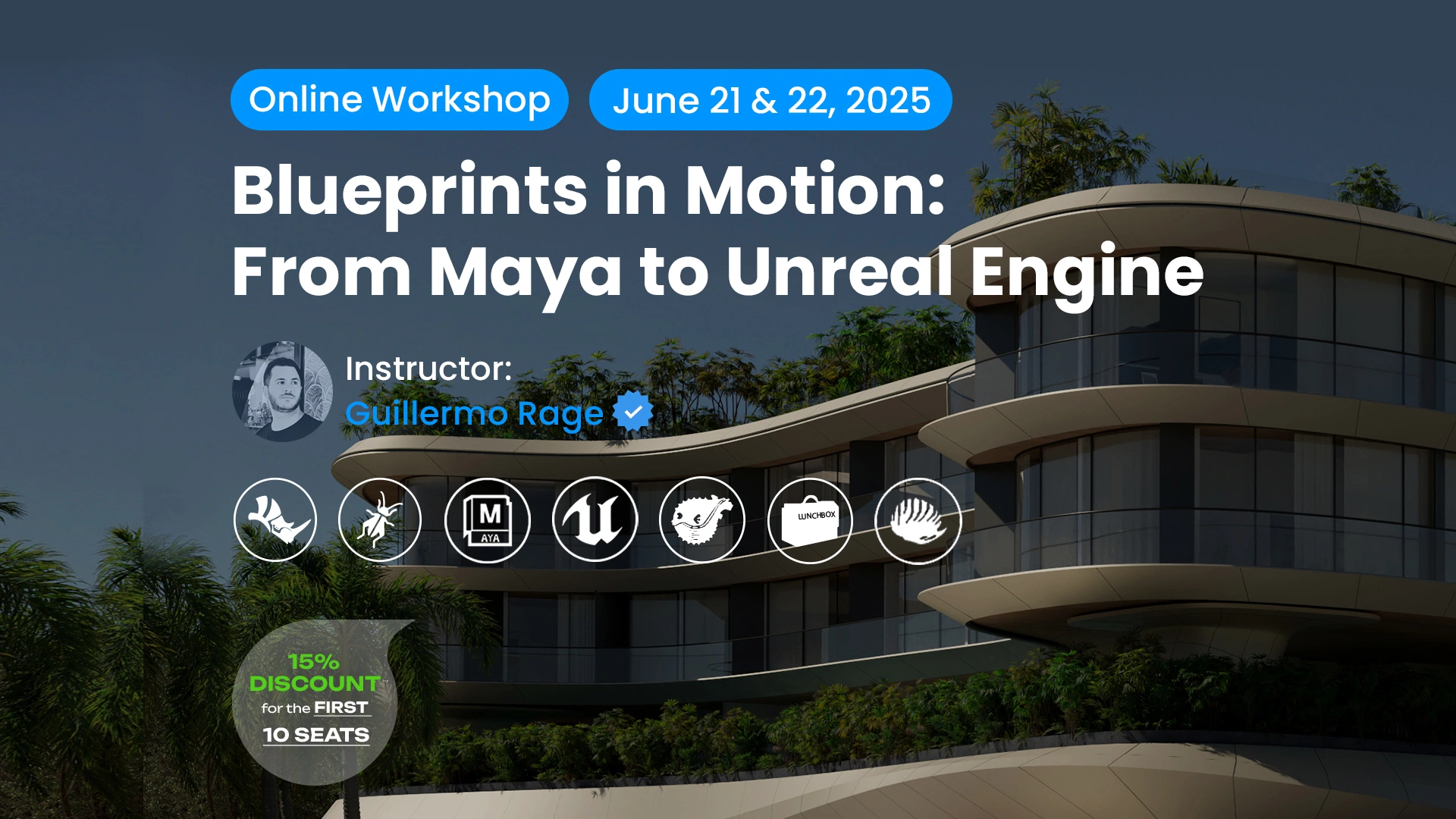
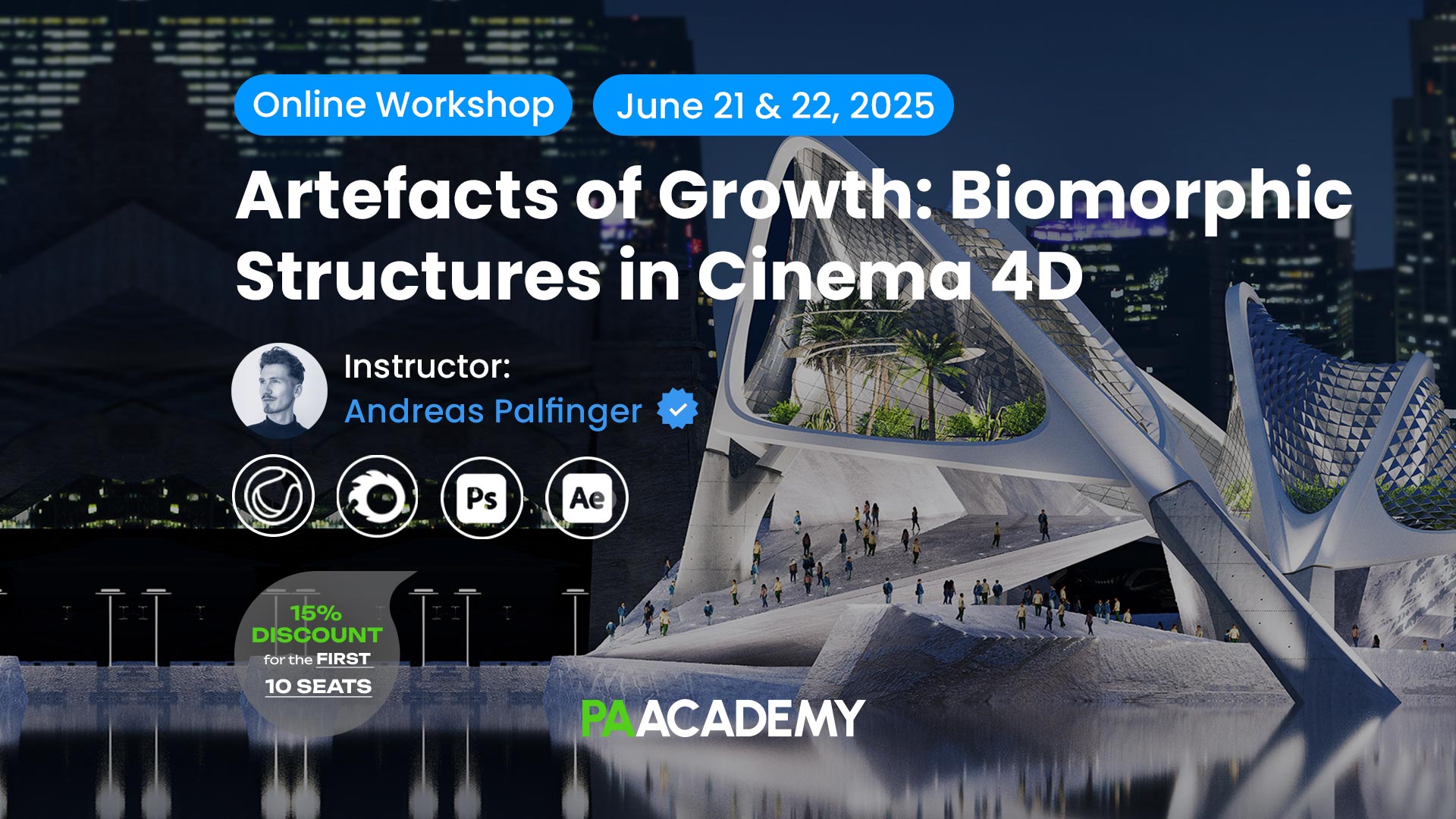
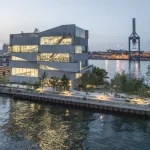
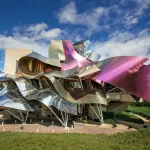

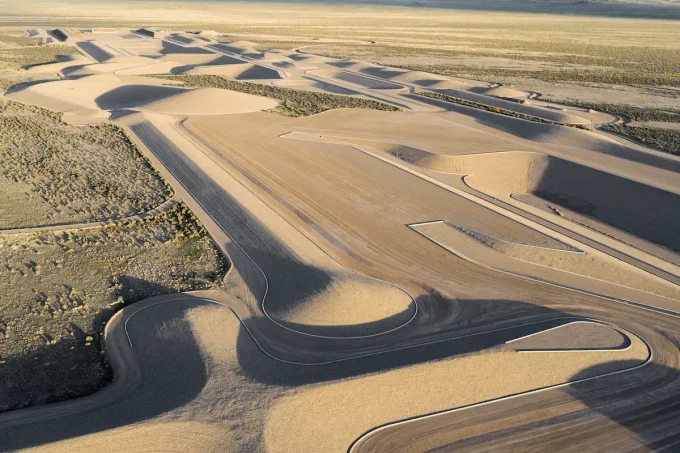







Leave a comment